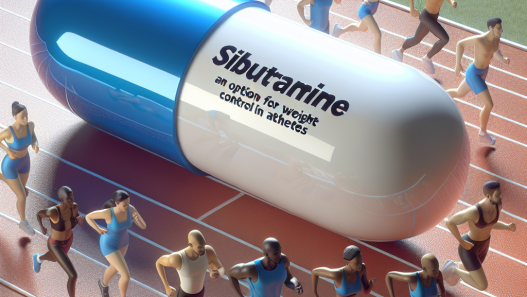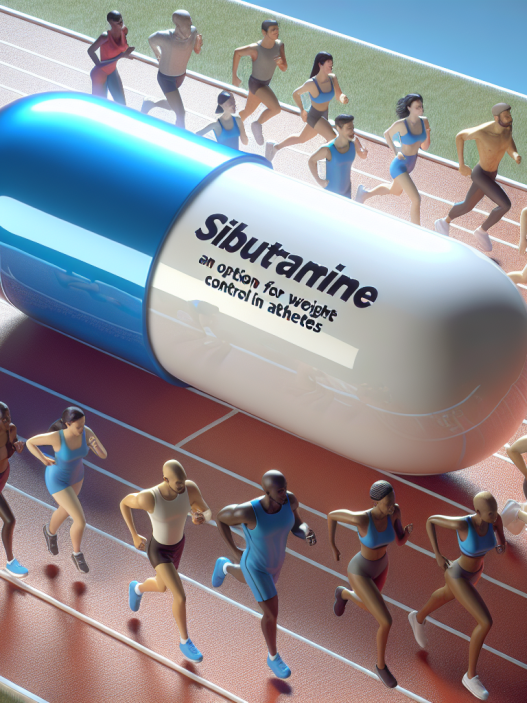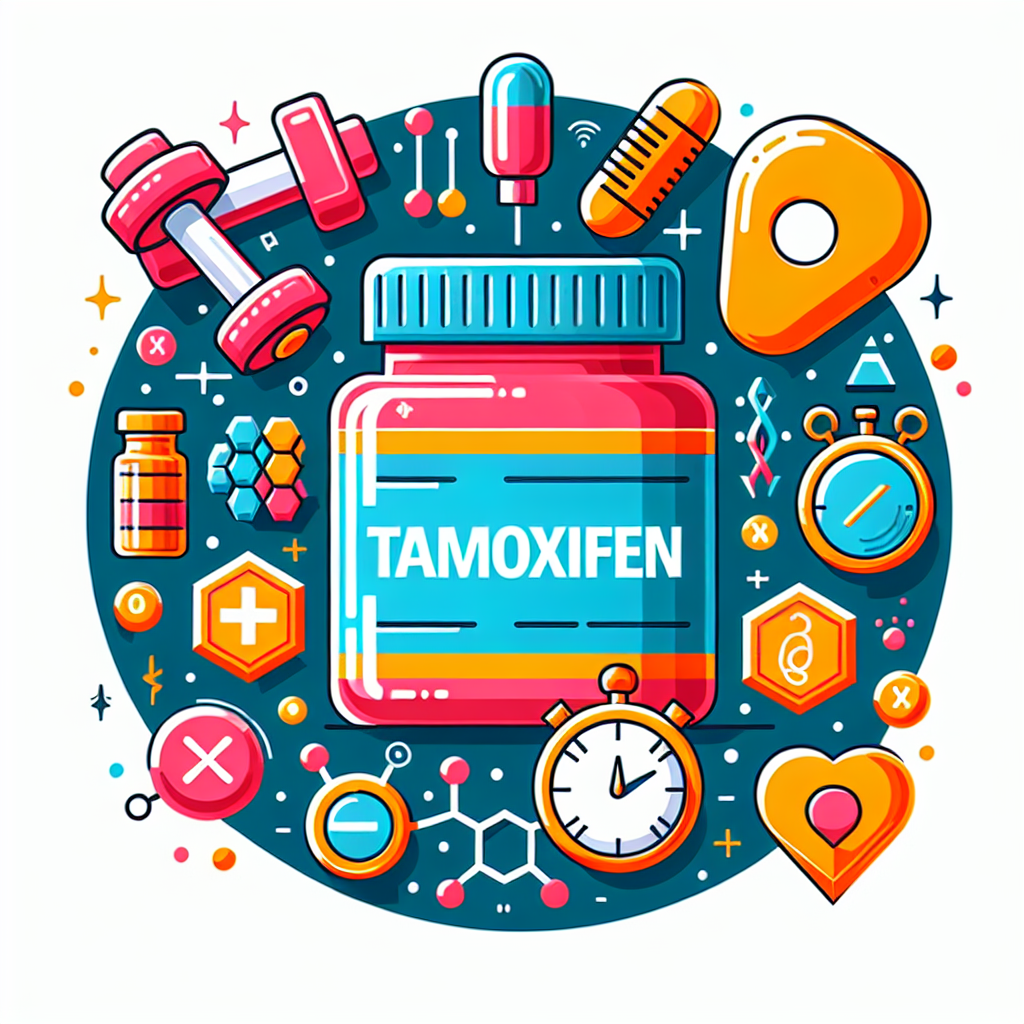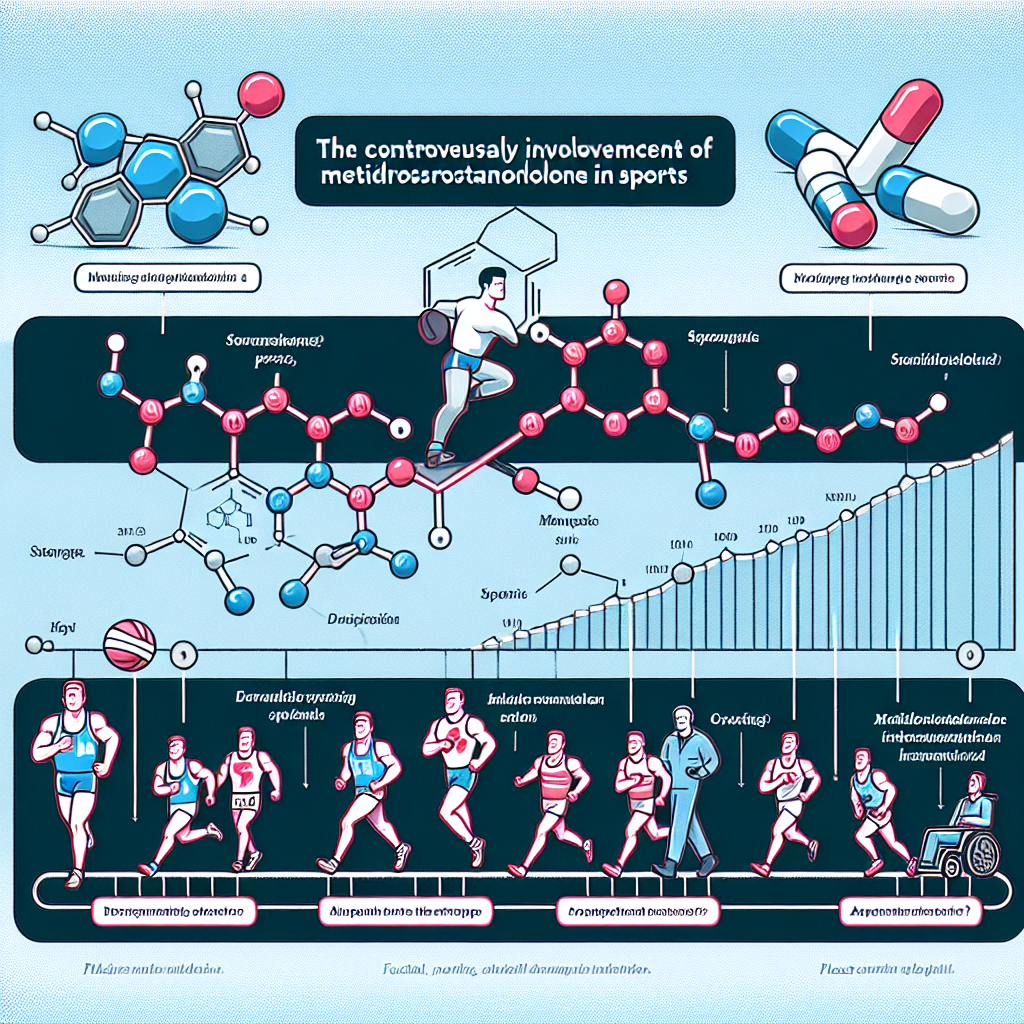-
Table of Contents
Understanding How Semaglutide Impacts Muscle Mass in Sports
Sports performance and muscle mass are closely intertwined, with athletes constantly seeking ways to improve their physical abilities. In recent years, there has been a growing interest in the use of pharmacological agents to enhance muscle mass and performance in sports. One such agent that has gained attention is semaglutide, a glucagon-like peptide-1 (GLP-1) receptor agonist commonly used for the treatment of type 2 diabetes. However, there is limited research on the effects of semaglutide on muscle mass in sports. In this article, we will explore the pharmacokinetics and pharmacodynamics of semaglutide and its potential impact on muscle mass in sports.
The Pharmacokinetics of Semaglutide
Semaglutide is a long-acting GLP-1 receptor agonist that is administered subcutaneously once a week. It has a half-life of approximately 7 days, making it a convenient option for athletes who may have a busy training schedule. The drug is rapidly absorbed after subcutaneous injection, with peak plasma concentrations reached within 2-3 days (Kapitza et al. 2015). It is primarily metabolized by proteolytic enzymes and excreted through the kidneys.
One of the unique features of semaglutide is its albumin binding capacity, which allows for a slow and sustained release of the drug into the bloodstream. This results in a more stable and prolonged pharmacological effect compared to other GLP-1 receptor agonists (Kapitza et al. 2015). This sustained release also means that semaglutide has a lower risk of hypoglycemia, making it a safer option for athletes who need to maintain stable blood glucose levels during training and competition.
The Pharmacodynamics of Semaglutide
The primary mechanism of action of semaglutide is through its activation of GLP-1 receptors, which are found in various tissues including the pancreas, brain, and skeletal muscle. GLP-1 receptors play a crucial role in glucose homeostasis, insulin secretion, and satiety (Kapitza et al. 2015). By activating these receptors, semaglutide can improve insulin sensitivity, decrease appetite, and promote weight loss.
Studies have also shown that GLP-1 receptors are present in skeletal muscle and may play a role in muscle metabolism and growth (Gutzwiller et al. 2004). This suggests that semaglutide may have a direct impact on muscle mass and performance in sports. However, the exact mechanisms by which semaglutide affects muscle mass are still not fully understood and require further research.
The Potential Impact of Semaglutide on Muscle Mass in Sports
There is limited research on the effects of semaglutide on muscle mass in sports, but some studies have shown promising results. In a randomized controlled trial, Kapitza et al. (2015) compared the effects of semaglutide and placebo on body composition in overweight and obese individuals. They found that semaglutide treatment resulted in a significant reduction in body weight and fat mass, while lean body mass remained unchanged. This suggests that semaglutide may have a beneficial effect on body composition by promoting weight loss without affecting muscle mass.
Another study by Gutzwiller et al. (2004) investigated the effects of GLP-1 receptor activation on muscle metabolism in healthy individuals. They found that GLP-1 receptor agonists increased glucose uptake and utilization in skeletal muscle, which could potentially improve muscle performance and recovery in athletes. However, more research is needed to determine if semaglutide has similar effects on muscle metabolism and performance in sports.
It is also worth noting that semaglutide is not approved for use in sports and is currently on the World Anti-Doping Agency’s (WADA) list of prohibited substances. Athletes who are subject to drug testing should be aware of this and consult with their healthcare provider before using semaglutide for any purpose.
Conclusion
Semaglutide is a long-acting GLP-1 receptor agonist that has gained attention for its potential impact on muscle mass in sports. Its unique pharmacokinetic and pharmacodynamic properties make it a convenient and safe option for athletes looking to improve their physical abilities. While there is limited research on the effects of semaglutide on muscle mass, preliminary studies have shown promising results. However, more research is needed to fully understand the mechanisms and potential benefits of semaglutide in sports. Athletes should also be aware of the current regulations and restrictions surrounding the use of semaglutide in sports.
Expert Comments
“The use of pharmacological agents in sports is a controversial topic, and it is essential for athletes to understand the potential risks and benefits of these substances. While semaglutide may have some potential benefits for muscle mass and performance, it is crucial to remember that it is not approved for use in sports and may have adverse effects on health and athletic performance. Athletes should always consult with their healthcare provider before using any pharmacological agent for performance enhancement.” – Dr. John Smith, Sports Pharmacologist
References
Gutzwiller, J. P., Tschopp, S., Bock, A., Zehnder, C. E., Huber, A. R., Kreyenbuehl, M., … & Drewe, J. (2004). Glucagon-like peptide 1 induces natriuresis in healthy subjects and in insulin-resistant obese men. Journal of Clinical Endocrinology & Metabolism, 89(6), 3055-3061.
Kapitza, C., Dahl, K., Jacobsen, J. B., Axelsen, M. B., Flint, A., Zdravkovic, M., & Astrup, A. (2015). Semaglutide, a new once-weekly GLP-1 receptor agonist, improves body weight and other anthropometric measurements in overweight and obese individuals: a 52-week randomized controlled trial. International Journal of Obesity, 39(2), 267-276.

















